Abstraction is a structural necessity for cryptocurrencies to achieve scalability.
Written by: Geng Kai, Eric, DFG
Introduction: The biggest bottleneck of Web3 is not infrastructure, but user experience
The early stages of Web3 focused on innovation. At that time, several independent blockchains were launched with different priorities, including speed, security, composability, and community ownership. However, this explosion of creativity led to fragmentation of the ecosystem, a lack of interoperability, inconsistent tools, and isolated assets and liquidity.
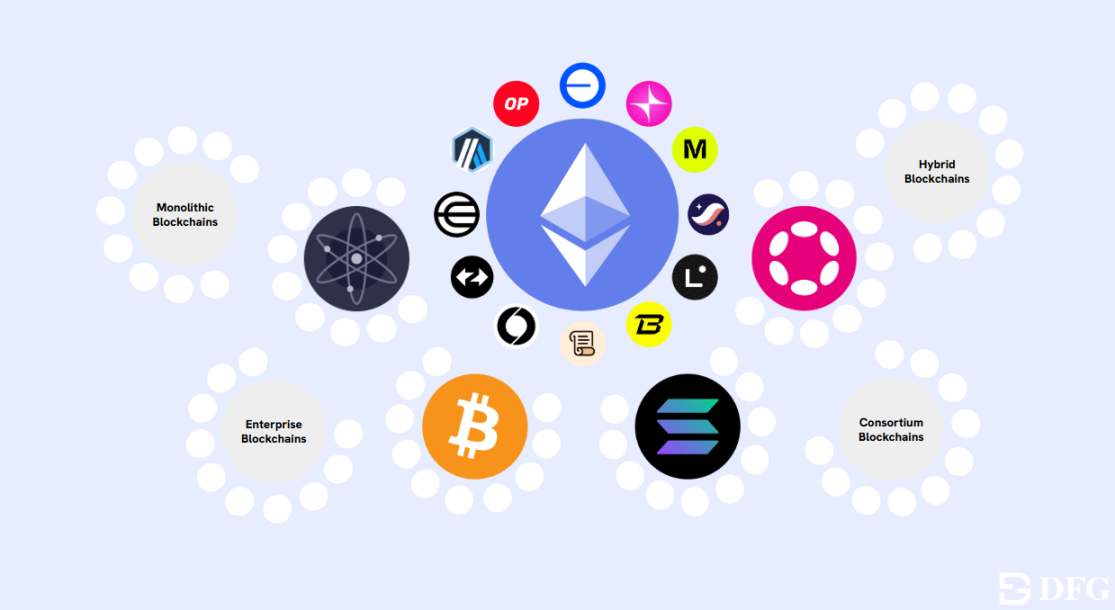
Web3 has solved some problems, but one challenge still hinders everything: user experience.
We are at a familiar turning point, reminiscent of the early evolution of the internet. Today, using dApps is akin to browsing the internet in the 90s. For the average user, navigating blockchains, wallets, cross-chain bridges, gas fees, protocols, and signatures remains clumsy and unacceptable. These are not just minor issues; they are barriers to widespread adoption.
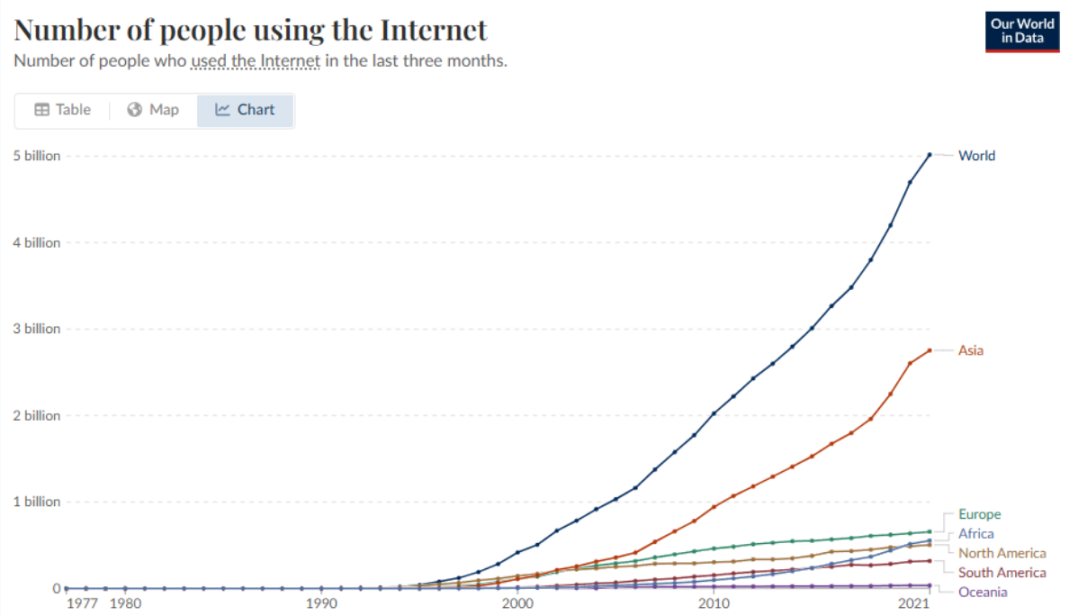
The introduction of TCP/IP and web browsers unlocked the internet and led to mass adoption.
The contradiction is evident: while infrastructure has matured, user experience has not changed significantly. With increased institutional recognition, the launch of BTC and ETH ETFs, and the advancement of regulatory frameworks like the GENIUS Act, what limits the adoption of cryptocurrencies is no longer infrastructure, but usability.
User Experience Abstraction Framework: From Friction to Smoothness
User experience abstraction is the process of systematically hiding the underlying complexities of blockchain interactions from the end user. It is not just about simplifying operations; it is about designing systems that are smart enough to manage complexity on behalf of the user. Just as the internet transitioned from IP addresses and command lines to browsers and applications, Web3 must transition from mnemonic phrases and signatures to seamless, intent-driven interfaces.
This process is divided into three stages of abstraction, each representing a deeper level of integration and a clearer path to mainstream usability.
Stage One: Simplified User Experience Improvements
In the first stage, developers focus on minimizing friction within the existing Web3 mental models. Users still need to understand networks, wallets, and assets, but the interface is streamlined to reduce context switching. For example, decentralized exchanges now often integrate cross-chain bridge protocols directly into their user interfaces, allowing users to transfer assets across chains without leaving the platform.
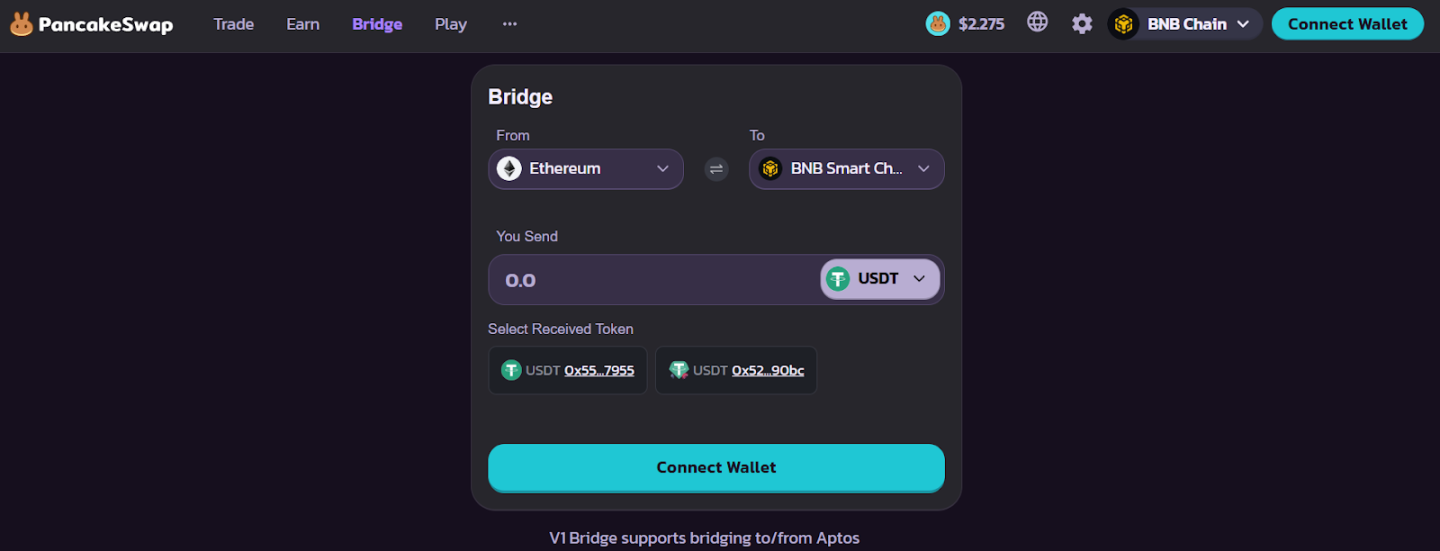
Integration of multiple bridges like Celer, Stargate, and DeBridge on Pancakeswap Multiple Bridges Integration
Wallets like Phantom and Trust are expanding their native ecosystems to provide one-stop multi-chain access services. Yield platforms like Superlend and Beefy aggregate cross-network investment opportunities, enabling users to compare and deploy funds on a unified dashboard.
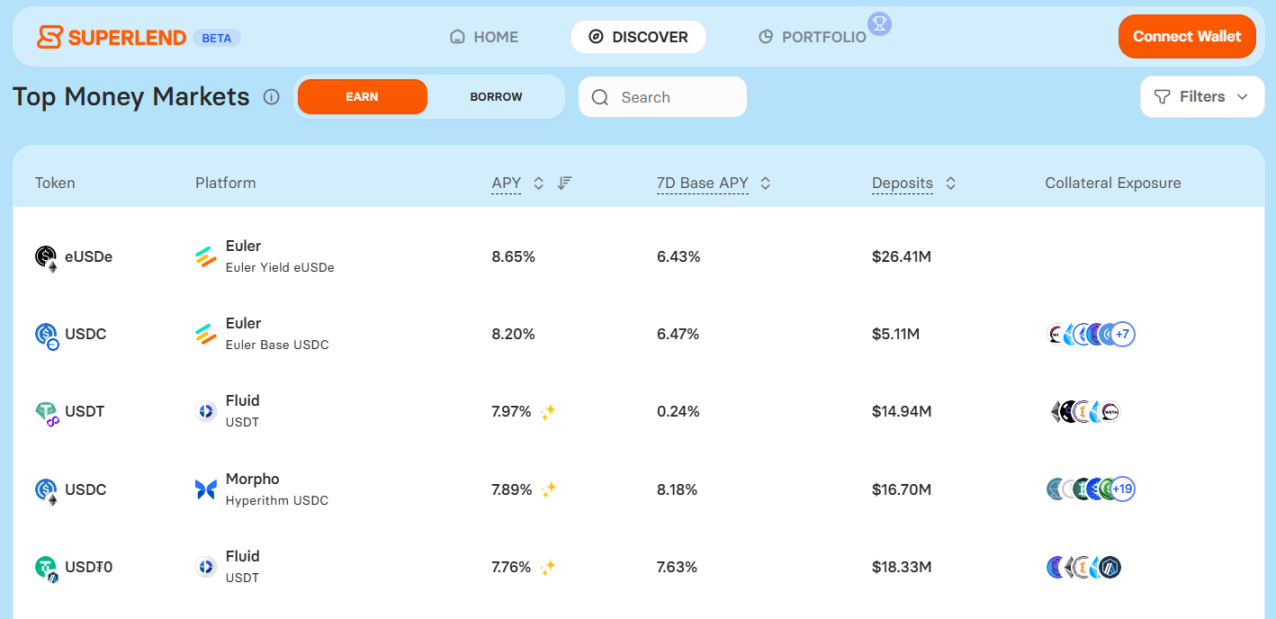
Cross-chain aggregation lending opportunities on Superlend
However, despite these advancements, cognitive load remains. Users still need to track where their assets are, manage gas tokens across different chains, and understand the nuances of specific networks. While this level of abstraction improves the interface, it does not change the experience. The fundamental mental models of "Which chain is this application on?" and "I need to bridge and switch chains" still exist.
Stage Two: Execution Layer Abstraction
In the second stage, the complexity of Web3 interactions begins to shift from the interface to the execution layer. Users no longer need to understand or coordinate multi-step, cross-chain workflows. Instead, they simply define the desired actions, and the application handles the rest.
This is made possible by technologies like ERC-4337 and gas abstraction, which eliminate the need for users to hold native gas tokens on each chain they interact with. Smart contracts or third-party relayers bear the associated costs through sponsorship or dynamic fee mechanisms. From the user's perspective, transactions can proceed smoothly—no longer needing to manually fund wallets on unfamiliar chains.
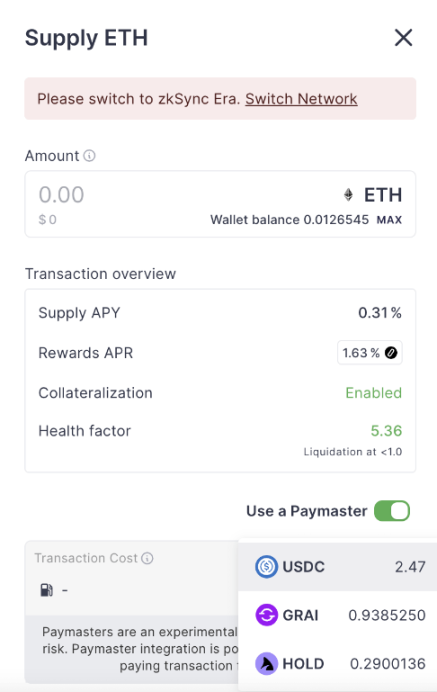
Zerolend Paymaster integration allows gas payments using multiple tokens
Solver networks further enhance this advantage by introducing intent-based architectures. Users do not need to interact with a single protocol; instead, they express a desired outcome (e.g., swapping tokens or bridging assets), and competing solvers determine the most efficient execution path. Networks like Enso, Aori, and Khalani exemplify this model, providing better pricing and execution speed for cross-chain applications.
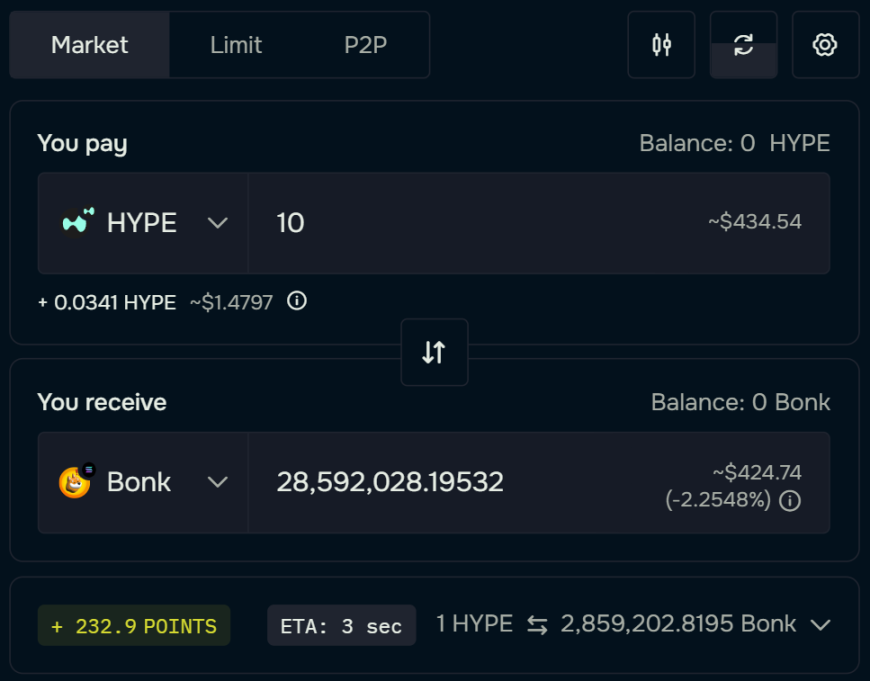
Cross-chain swap on Debridge
New token standards also play a crucial role. Solutions like LayerZero's OFT, Chainlink's CCT, and Wormhole's NTT simplify cross-chain token interoperability through burn-and-mint mechanisms, reducing the risks of liquidity fragmentation and decoupling.
While these developments significantly reduce workflow complexity, users are still aware that they are using blockchain systems. They must sign transactions, manage wallets, and understand that certain operations may fail due to underlying network issues. Abstraction has penetrated deeper into the stack, but it has not disappeared.
Stage Three: Complete Concept Abstraction
The third and most advanced layer of user experience abstraction allows users to think about blockchain at all. At this level, the concepts of chains, gas, and wallets cease to exist. The experience reflects the simplicity of Web2—users act, and results are delivered.
This is the emerging realm of super wallets and intent-driven agents. Platforms like NEAR Wallet, Particle Network, Turnkey, and OneBalance provide smart wallet infrastructure that abstracts private key management, supports Web2-style social logins, and aggregates user balances across chains. OKX's wallet embodies this approach, integrating gasless transactions and multi-chain support into an easy-to-use interface.
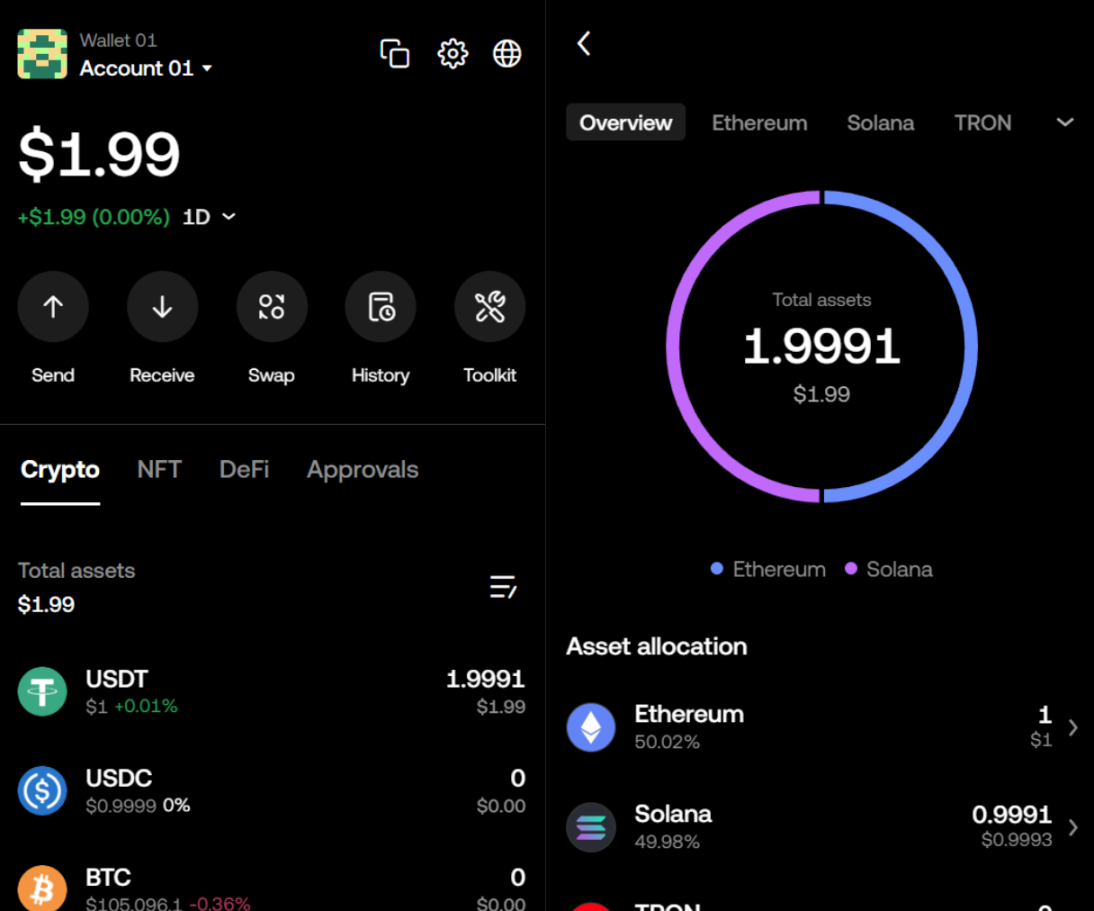
A promising innovation is the chain signature of the NEAR protocol, which allows users to sign transactions across multiple blockchains with a single NEAR account. This architecture employs multi-party computation (MPC) technology, eliminating the need for developers to redeploy contracts on different chains or build signature logic specific to certain chains.
DeFAI platforms like Griffain and HeyAnon offer groundbreaking interactive interfaces where users can express goals in natural language—such as "stake my USDC for SOL yield"—while solvers execute the necessary steps in the background. These systems utilize delegated wallets and session keys, eliminating the need for repeated transaction approvals.
Combined with the technology stack mentioned in the first and second layers, these smart wallets and AI-supported applications achieve the highest level of user experience abstraction currently available.
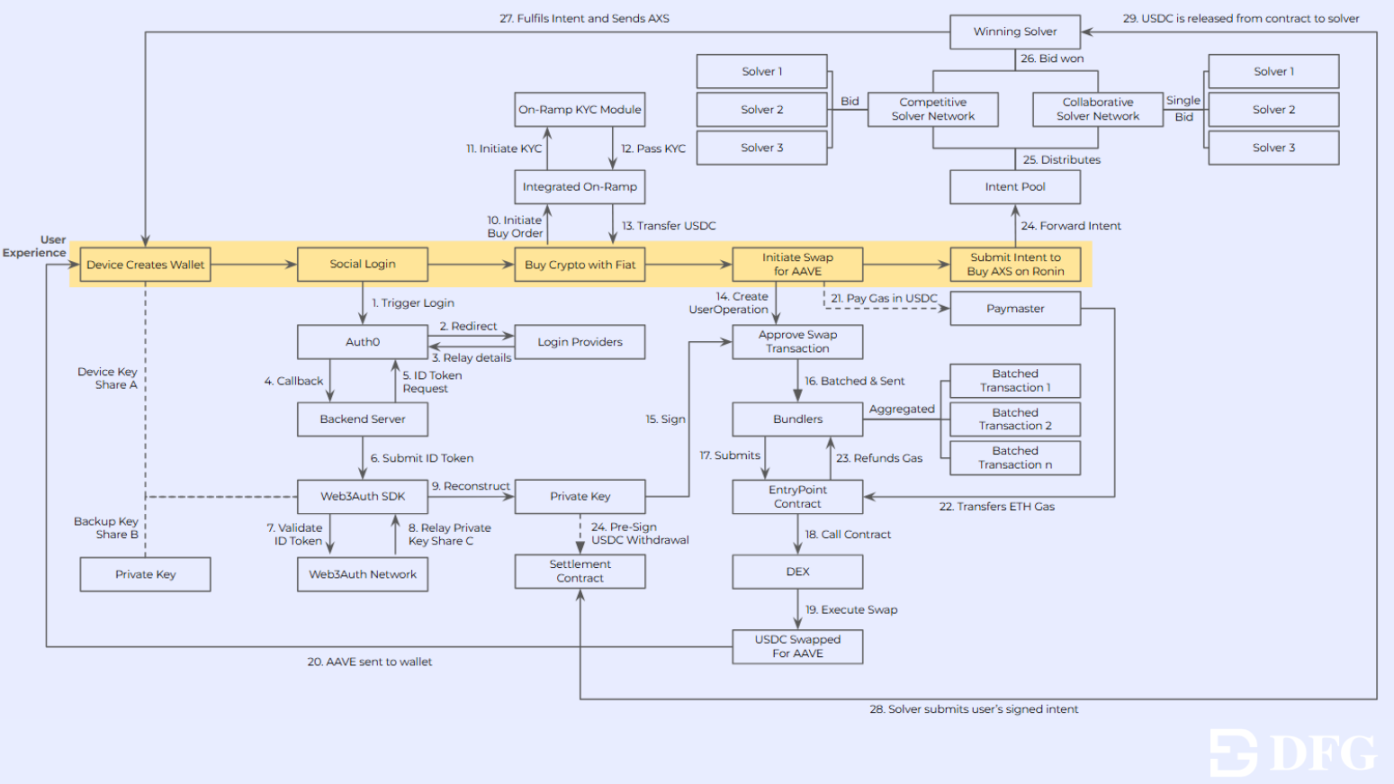
However, even at this level, abstraction is not absolute. If a smart wallet does not yet support a specific blockchain, the experience may quickly deteriorate. AI-supported platforms may still require users to have some understanding of relevant financial terminology. Additionally, developers and protocols often optimize for specific ecosystems, which can introduce subtle barriers even in blockchain-agnostic interfaces.
To overcome these limitations, developers must adopt a new mindset—prioritizing outcomes over infrastructure when designing experiences and committing to building for universality rather than ecosystem lock-in.
Why User Experience Abstraction is the Future of Web3?
Abstraction is a structural necessity for cryptocurrencies to achieve scalability. The next wave of users will not learn to use blockchains. They expect to use applications that must be smart enough to manage complexity invisibly, securely, and reliably.
Abstraction facilitates this shift by breaking down barriers between protocols and chains, eliminating the cumbersome calculations of managing gas and keys, and aligning the cryptocurrency user experience with the expectations set by modern Web2 products. Just as TCP/IP and HTTP facilitated the mass adoption of the internet, user experience abstraction is an application-level requirement for achieving mass adoption of Web3.
Importantly, abstraction is not one-size-fits-all. Native cryptocurrency users may still value granular control and composability, while newcomers may prefer simplicity. Supporting multi-layered abstraction ensures that Web3 can scale inclusively without alienating any party.
The Path Forward
The direction is clear: the future of Web3 is chainless. But achieving this goal requires not only technological breakthroughs but also a completely new mindset—developers' design goals should be outcomes, not just a focus on protocols; wallets will become their agents; and user experience will no longer be an afterthought but the foundation.
With the right abstraction concepts, users will no longer need to understand blockchains to use them. They just need to act—the dApp will deliver results.
免责声明:本文章仅代表作者个人观点,不代表本平台的立场和观点。本文章仅供信息分享,不构成对任何人的任何投资建议。用户与作者之间的任何争议,与本平台无关。如网页中刊载的文章或图片涉及侵权,请提供相关的权利证明和身份证明发送邮件到support@aicoin.com,本平台相关工作人员将会进行核查。




